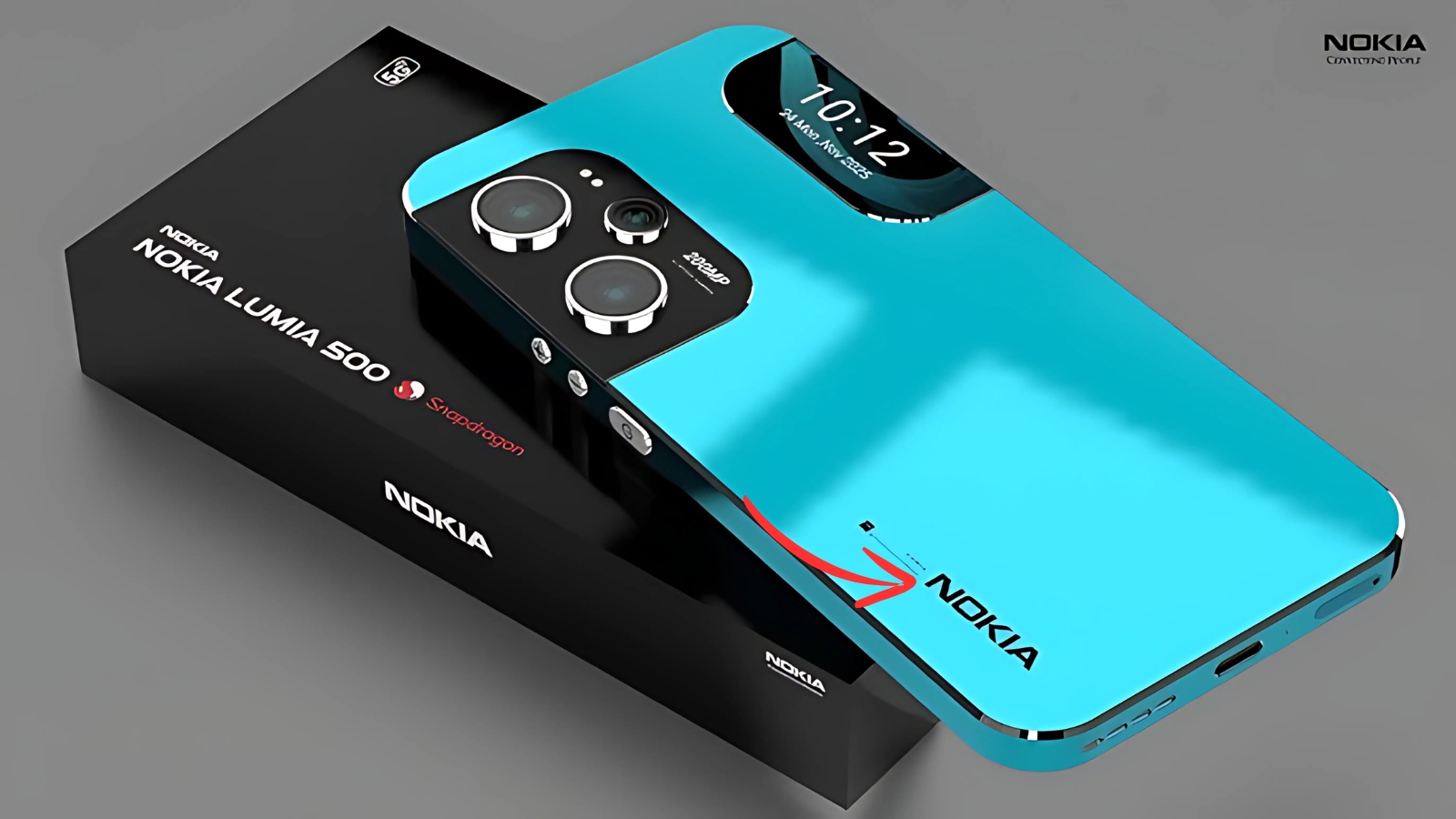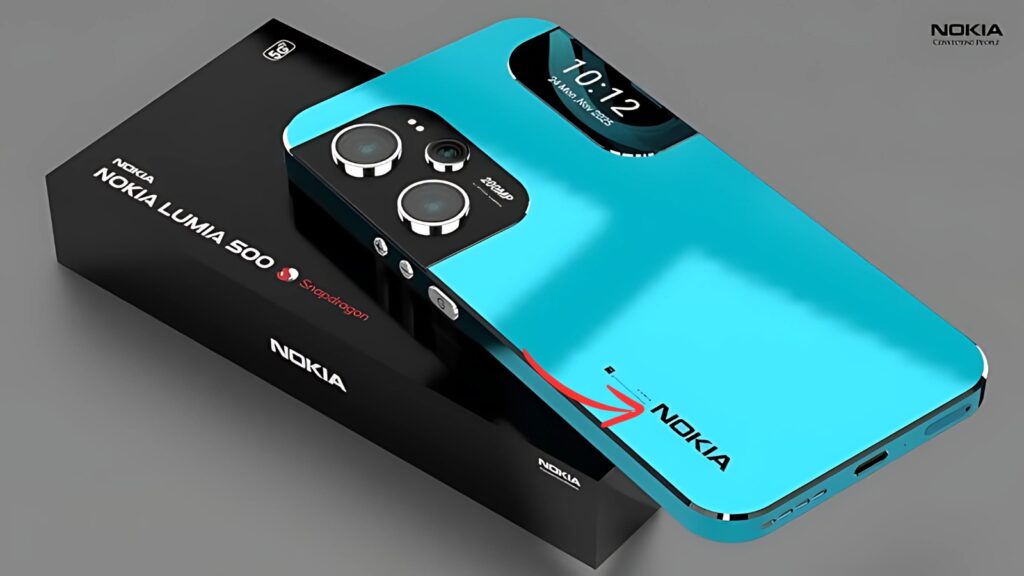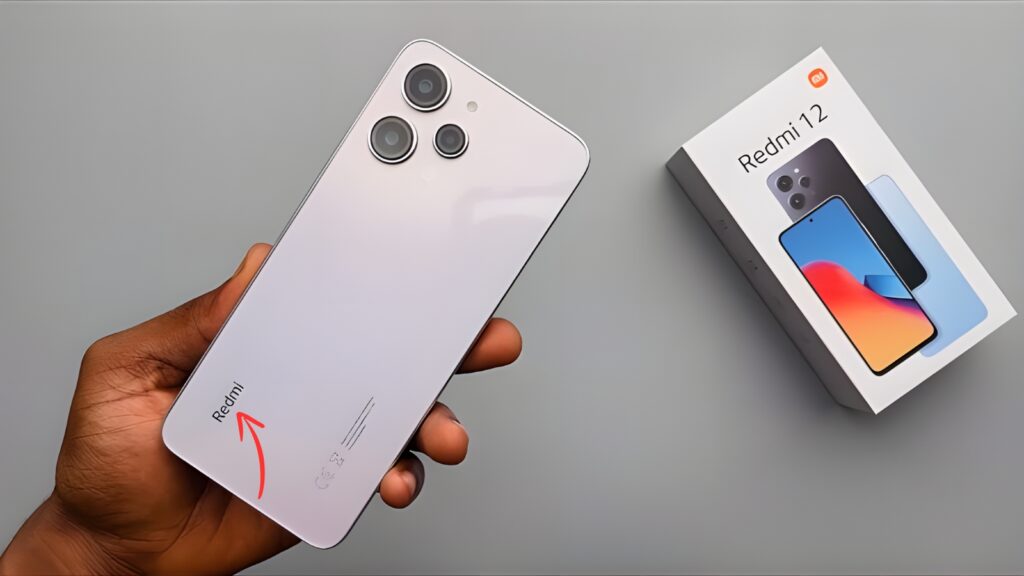Nokia Lumia 500 : The smartphone landscape of the early 2010s presented a fascinating three-way battle between established players and ambitious newcomers seeking to reshape mobile computing. Nokia’s Lumia 500 emerged during this pivotal period as Microsoft’s Windows Phone platform attempted to establish itself as a viable alternative to Android and iOS dominance. This device represented more than just another budget smartphone – it embodied Nokia’s commitment to democratizing smartphone technology while showcasing Windows Phone’s distinctive approach to mobile interfaces.
Walking into electronics stores during the Lumia 500’s era revealed how dramatically different the mobile ecosystem appeared compared to today’s duopoly. Windows Phone tiles offered a refreshing departure from icon-based interfaces, promising greater personalization and information density. The Lumia 500 served as an accessible entry point for consumers curious about this alternative ecosystem without requiring significant financial investment.
Design Language That Prioritized Functionality
The physical appearance of the Lumia 500 reflected Nokia’s industrial design heritage, emphasizing clean lines and purposeful construction over decorative elements. The polycarbonate body construction provided durability that could withstand typical usage scenarios while maintaining the lightweight characteristics that users expected from modern smartphones. Color options typically included vibrant choices that aligned with Windows Phone’s colorful aesthetic philosophy.
The device proportions accommodated comfortable one-handed operation, recognizing that many users preferred manageable sizes over maximum screen real estate. The build quality demonstrated Nokia’s manufacturing expertise, creating a device that felt substantial without becoming cumbersome during extended use periods.
Button placement and tactile feedback reflected careful consideration of user interaction patterns. Physical navigation buttons provided reliable operation even when touchscreen responsiveness might be compromised by moisture or gloves, practical considerations that demonstrated Nokia’s understanding of real-world usage scenarios.
Windows Phone Interface Innovation
The software experience on the Lumia 500 showcased Windows Phone’s distinctive Live Tiles interface, which provided dynamic information updates directly on the home screen. This approach eliminated the need for constant app launching to check basic information like weather, messages, or calendar appointments. The tile-based layout created opportunities for personalization that went beyond simple wallpaper changes.
The People Hub integration attempted to unify social networking interactions across multiple platforms, creating a centralized communication experience that predated similar efforts by other manufacturers. Contact management became more intuitive through this unified approach, though success depended heavily on users’ willingness to integrate multiple services.
Xbox Live integration appealed to gaming enthusiasts who appreciated seamless achievement tracking and social gaming features across mobile and console platforms. This ecosystem integration represented one of Windows Phone’s strongest differentiating factors, though it required investment in Microsoft’s broader service ecosystem.

Camera Capabilities for Everyday Photography
Photography features on the Lumia 500 reflected Nokia’s camera heritage while working within budget constraints. The image quality produced natural color reproduction suitable for social sharing and basic printing needs. While not matching flagship camera phones of its era, the results satisfied typical user requirements for family photos and casual documentation.
The camera interface emphasized simplicity over manual controls, recognizing that budget phone buyers often preferred point-and-shoot operation rather than complex adjustment options. Automatic scene detection helped optimize settings for common photography scenarios without requiring technical knowledge from users.
Video recording capabilities met contemporary standards for casual content creation, though users seeking professional-quality results would need to look elsewhere. The stabilization and audio recording quality proved adequate for family videos and basic social media content.
Performance Characteristics Within Budget Constraints
The processor selection in the Lumia 500 reflected Windows Phone’s efficiency advantages over contemporary Android implementations. The operating system’s optimization allowed for smooth operation with hardware specifications that might struggle under other platforms. Daily tasks like messaging, calling, and basic app usage operated without frustrating delays.
Gaming performance accommodated the Windows Phone game library, which featured quality titles despite smaller overall selection compared to competing platforms. The Xbox Live integration enhanced gaming experiences through achievement systems and social features that connected mobile gaming to broader Microsoft gaming ecosystems.
Web browsing capabilities met basic requirements for information access and light social media usage, though heavy multimedia content consumption revealed the limitations inherent in budget hardware specifications.
Bajaj Pulsar RS 200 – Full dangerous design bike launch with powerful engine
App Ecosystem Challenges and Opportunities
The Windows Phone app ecosystem during the Lumia 500’s era presented both advantages and limitations that significantly influenced user experience. Microsoft’s first-party applications often provided superior integration and functionality compared to third-party alternatives on other platforms. Office Mobile, Xbox Live, and cloud service integration created compelling productivity and entertainment experiences.
However, third-party app availability lagged behind Android and iOS offerings, particularly for popular social media and entertainment applications. This gap created decision points for potential buyers who relied heavily on specific applications that might not be available or fully featured on Windows Phone.
Nokia Lumia 500 : Legacy and Historical Context
The Nokia Lumia 500 represents an important chapter in mobile computing history, demonstrating how alternative approaches to smartphone design and software could create compelling user experiences. While Windows Phone ultimately failed to achieve sustainable market share, devices like the Lumia 500 showcased innovation in interface design and ecosystem integration that influenced subsequent mobile development across all platforms.


